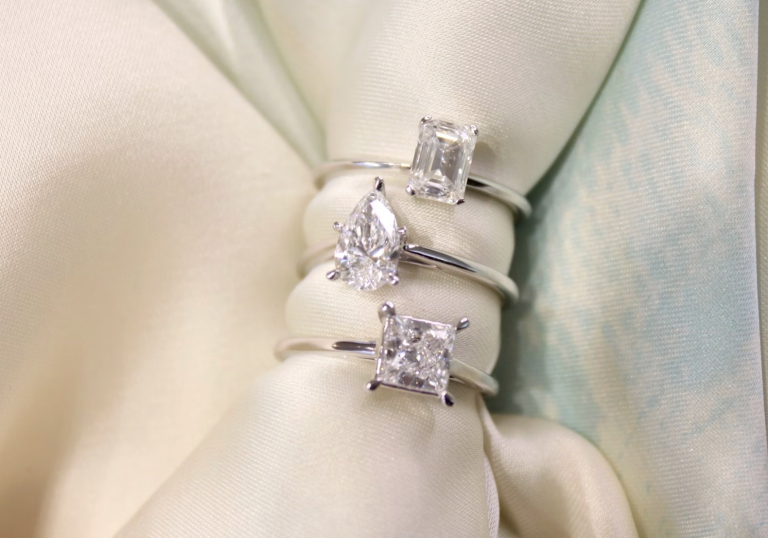Walking into a jewelry store for the first time feels like everyone’s speaking a different language. The salesperson starts throwing around terms like “SI1 clarity” and “excellent cut grade” while you’re still trying to figure out why that tiny rock costs more than your car. Nobody wants to admit they’re lost, so most people just nod along and hope for the best.
Here’s the truth. Buying diamonds isn’t actually that complicated once someone explains it without all the fancy terminology. You don’t need a gemology degree to make a smart purchase. You just need to understand what actually matters versus what’s just marketing noise.
The Famous 4Cs (And Which Ones Actually Matter)
Everyone talks about the 4Cs like they’re equally important. They’re not. Cut matters most, then color, then clarity, and carat is honestly just about size preference and budget. Let’s break this down in normal language.
The cut is how well the diamond was shaped and polished. This determines sparkle more than anything else. A perfectly cut smaller diamond will outshine a poorly cut larger one every single time. When the jeweler starts talking about “ideal proportions” and “light return,” they’re basically saying the diamond was cut to bounce light around in the prettiest way possible.
Color grades run from D (colorless) to Z (yellow). But here’s what they don’t tell you. Most people can’t see the difference between a D and a G with the naked eye. Once it’s in diamond jewelry settings, especially white gold or platinum, anything from D to H looks basically colorless. Save money here unless you’re buying for someone who carries a jeweler’s loupe around.
Clarity measures the tiny imperfections inside the diamond. The scale goes from Flawless to Included, but again, you’re not going to notice most of these without magnification. VS2 or SI1 grades are the sweet spot where the diamond looks perfect to everyone except that friend who insists on examining everything with a magnifying glass.
Carat is just weight, which usually means size. Bigger diamonds cost exponentially more, not proportionally more.
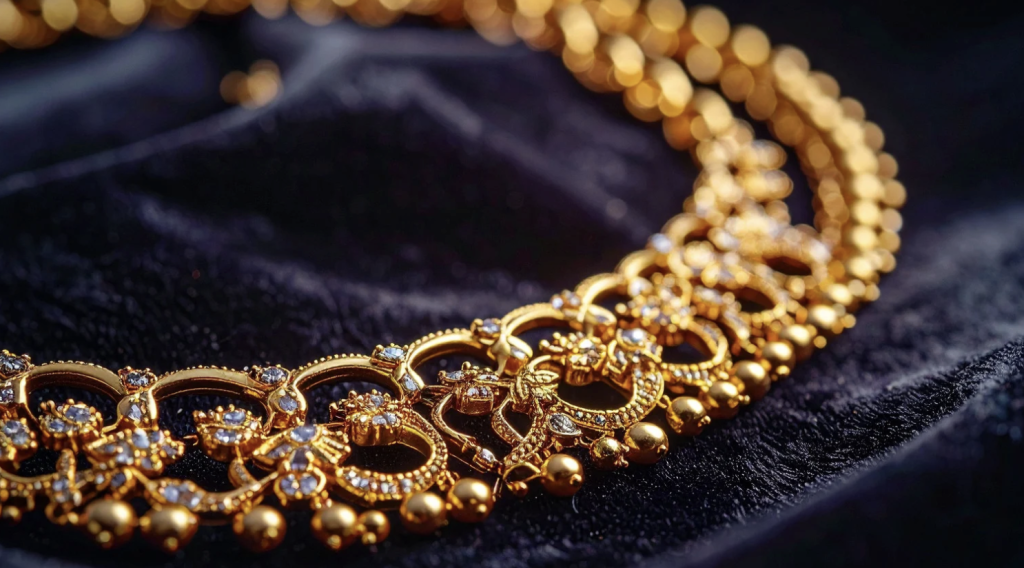
Certifications and Why They’re Non-Negotiable
If someone’s trying to sell you an uncertified diamond, run. Seriously, just leave. Certification from a legit lab like GIA or AGS is the only way to know you’re getting what you’re paying for. Otherwise you’re just trusting some random person that your “VS1” diamond isn’t actually an SI2 they’re trying to unload.
GIA (Gemological Institute of America) is the gold standard. They’re tough graders, which means their certificates actually mean something. AGS (American Gem Society) is also solid, especially for cut grades. EGL and some others are more generous with their grades, which sounds good until you realize you’re overpaying for lower quality.
Best Brilliance provides certificates for all their diamonds because that’s what legitimate sellers do. The certificate tells you exactly what you’re buying. No guessing, no trusting, just facts. Keep that certificate forever too. You’ll need it for insurance and if you ever want to sell or upgrade.
The Settings Nobody Explains Properly
The setting holds your diamond and affects how it looks more than people realize. Prong settings (those little metal claws) let maximum light hit the diamond but can snag on sweaters, Bezel settings (metal wrapped around the edge) protect the diamond but block some light, Halo settings (tiny diamonds around the main one) make the center stone look bigger without the bigger price tag.
Metal choice matters too. Platinum is strongest but costs most. White gold looks similar but needs replating every few years. Yellow gold is making a comeback and actually makes slightly yellow diamonds look whiter. Rose gold is trendy but doesn’t work with every skin tone.
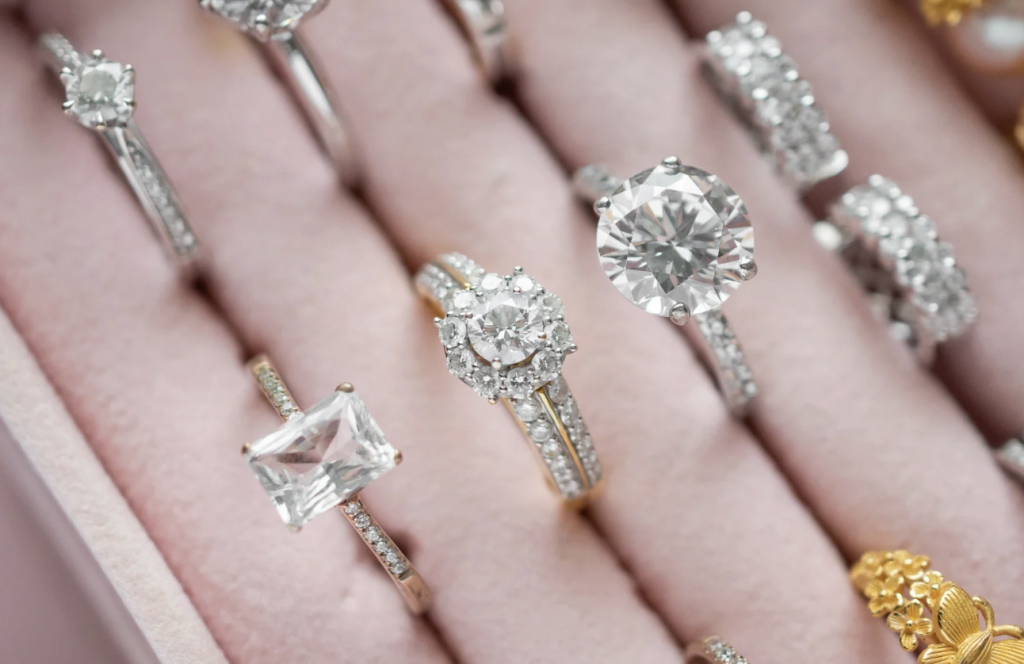
Shopping Tricks That Actually Work
Never buy the first diamond you see. Look at a minimum of five stones with similar specs to understand the price range. Take photos if they’ll let you. Diamonds look different under jewelry store lighting than in real life.
Ask to see the diamond loose before it’s set. Prongs can hide flaws, and you want to know what you’re actually buying. Also ask to see it under different lighting. If it only looks good under their special lights, that’s a red flag.
Don’t get emotionally attached to hitting exact numbers. A 0.97-carat diamond looks identical to a 1.0-carat but costs way less. Same with buying just below popular sizes like 0.5, 1.5, or 2.0 carats.
What Actually Affects Price
Beyond the 4Cs, weird things affect diamond prices. Fluorescence (glowing under UV light) can lower prices even though it’s often invisible in normal life. Certain shapes cost less than round diamonds even at the same quality. Market demand changes prices seasonally, with peaks around Christmas and Valentine’s Day.
Online shopping usually beats physical stores on price, but you can’t see the actual diamond first. Some online retailers let you reserve stones and view them before buying, which is the best of both worlds. Best Brilliance offers detailed photos and videos of their actual diamonds, not just stock photos like some sites.
Diamond Buying Comparison Guide
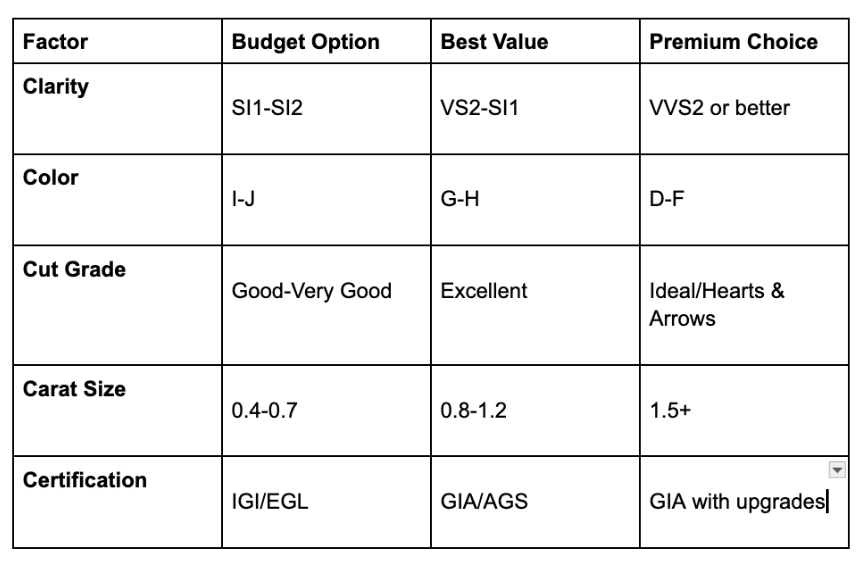
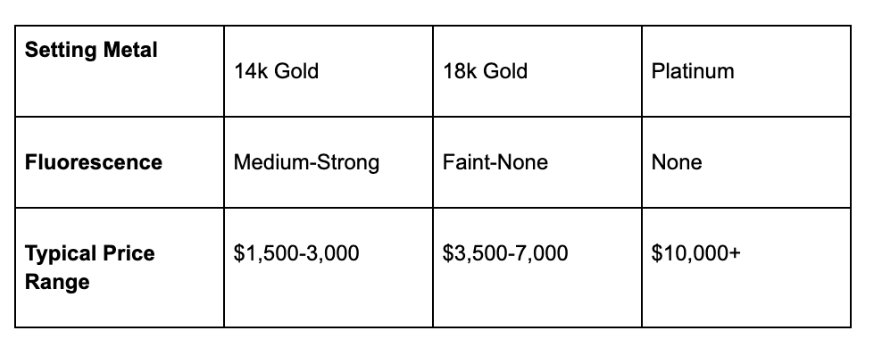
Making the Final Decision
Stop overthinking it, if the diamond looks beautiful to you and fits your budget, that’s what matters. Your partner isn’t going to examine it with a microscope. They’re going to wear it every day and think of you.
WE SAID THIS: Don’t Miss…Heritage in Every Piece: Top Arab Jewelry Brands to Discover


